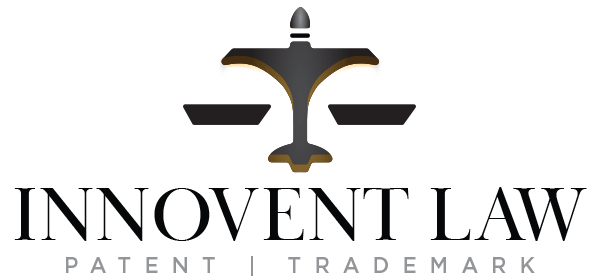Why Every Business Should Fall in Love with IP Protection
Understanding Brand Strategy and Intellectual Property
Building a successful business takes more than just a great idea. It requires a solid brand strategy and intellectual property protection plan. Just like a long-term relationship, your brand deserves commitment, care, and legal safeguards to thrive.
Intellectual property (IP) ensures that your business assets—such as your name, logo, products, and creative content—are legally protected. Without it, competitors can take advantage of your hard work. If you truly love your brand, investing in IP protection is the best way to secure its future.

Why IP Protection Matters in Business Growth
Businesses grow through innovation and differentiation. Without IP protection, your unique identity is at risk. Here’s why protecting your intellectual property should be a top priority:
- Brand Recognition – A strong brand identity, backed by trademarks, builds trust with customers.
- Market Advantage – Protecting patents and copyrights ensures competitors can’t copy your innovations.
- Legal Security – Trademark registration prevents costly disputes over brand ownership.
- Business Value – Investors and buyers prefer businesses with secured IP rights.
By securing trademarks, patents, and copyrights, you create a foundation for long-term success.
The Three Pillars of IP Protection
1. Trademarks: The Engagement Ring for Your Brand
A trademark protects brand names, logos, and slogans. It prevents others from using confusingly similar marks. Registering a trademark gives your business exclusive rights to its identity.
Example: Nike’s “swoosh” logo and “Just Do It” slogan are protected trademarks, ensuring no competitor can legally imitate them.
To secure a trademark:
- Conduct a trademark search to check availability.
- Register with the USPTO for national protection.
- Monitor and enforce your rights to prevent infringement.
2. Patents: Safeguarding Your Innovations
If your business develops new products, processes, or technology, patents prevent others from copying them. There are three main types:
- Utility patents – Protect new inventions or processes.
- Design patents – Cover unique product designs.
- Plant patents – Apply to new plant varieties.
Example: Tesla patents its battery technology to maintain a competitive edge in electric vehicles.
To patent an invention:
- Conduct a patent search to ensure originality.
- File a detailed application with the USPTO.
- Maintain and renew patents as needed.
3. Copyrights: Protecting Creative Works
Copyrights safeguard original works like books, music, software, and marketing content. Unlike trademarks and patents, copyright protection is automatic upon creation.
Example: Adobe protects Photoshop’s software code and branding through copyright and trademark registrations.
To enforce copyrights:
- Add a copyright notice to your work.
- Register with the U.S. Copyright Office for added legal benefits.
- Issue takedown notices if someone uses your work without permission.
Steps to Secure Your IP with Legal Guidance
Working with an IP attorney simplifies the protection process. Here’s what to consider when choosing legal help:
- Identify Your Needs – Determine if you need a trademark, patent, or copyright.
- Find an IP Attorney – Look for a professional specializing in your industry.
- Develop a Protection Plan – Outline what to register and when.
- Monitor and Enforce – Stay vigilant against potential infringement.
Final Thoughts
Falling in love with your brand means protecting it. A well-planned brand strategy and intellectual property approach keeps your business safe, profitable, and competitive.
Ready to secure your brand’s future? Contact Innovent Law to start protecting what you’ve built today.
